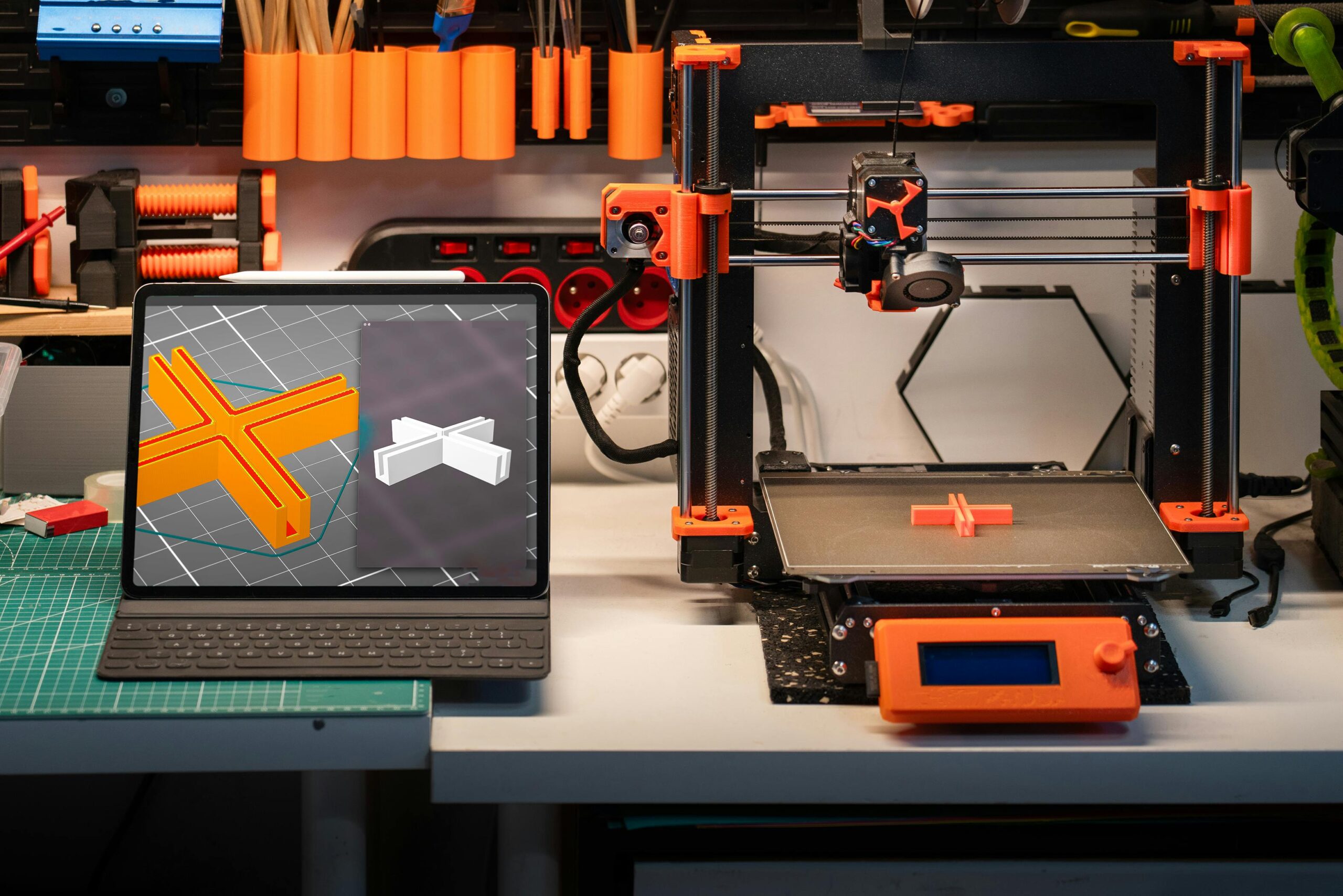How Real-Time 3D Rendering is Revolutionizing Visual Content in 2025

Powerful graphics processors can now handle billions of polygons and complex lighting calculations without lag. Brands leverage this capability to create interactive product demos, virtual showrooms, and immersive walkthroughs that engage customers more deeply than static visuals ever could. Web-based 3D rendering is also taking center stage.
Platforms like Unreal Engine and Unity now offer browser-compatible experiences, allowing users to customize and explore products in real time. This boosts conversion rates by giving buyers confidence in what they’re purchasing.
Finally, AI denoising and smart optimization have lowered the barrier to entry. Small teams and freelancers can produce studio-quality renders faster and more affordably, democratizing high-end visual storytelling. If you want to stay competitive, it’s time to explore real-time 3D rendering—because in 2025, static images are no longer enough to win attention.


